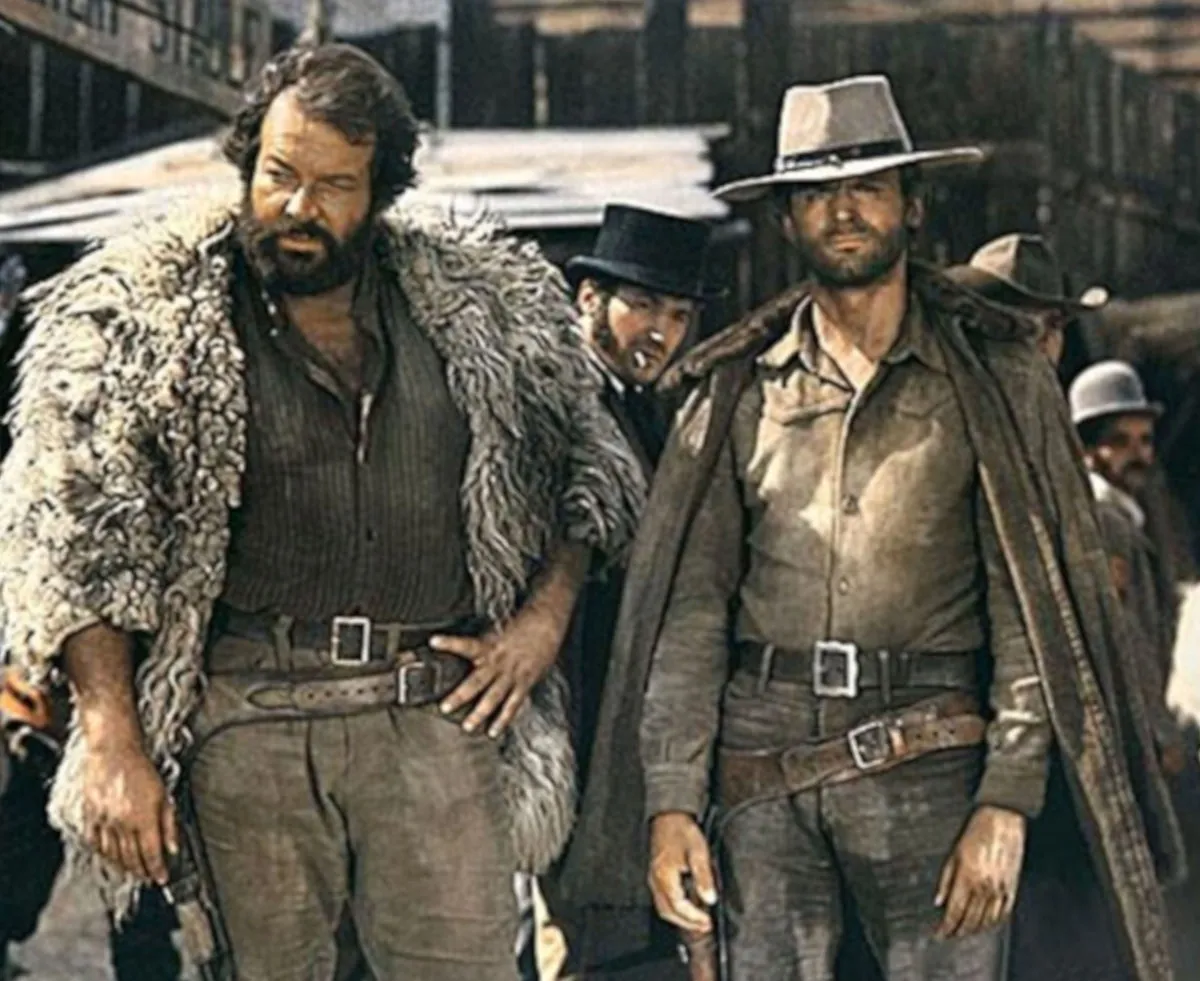
Spaghetti Westerns, also known as "westerns all'italiana," are a subgenre of western films that emerged in the mid-1960s in the wake of Sergio Leone's film-making style and international box-office success. These films were primarily produced and directed by Italian filmmakers, but often featured American actors in lead roles. The term "spaghetti Western" was originally used by foreign critics, due to the genre's association with Italy and the low budgets of many of the films.
Spaghetti Westerns are characterized by their distinct visual style, featuring wide, desolate landscapes, gritty realism, and unconventional camera angles. They often explore themes of violence, revenge, and anti-heroism, departing from the traditional portrayals of the American West.
Here are some of the defining characteristics of Spaghetti Westerns:
- Low budgets: Spaghetti Westerns were often produced with relatively low budgets, which led to creative workarounds and a distinctive visual style.
- Anti-heroes: Spaghetti Westerns often featured morally ambiguous protagonists, contrasting with the traditional Western heroes.
- Violence and realism: Spaghetti Westerns were known for their graphic violence and gritty realism, setting them apart from the more sanitized portrayals of the American West.
- Iconic soundtracks: Spaghetti Westerns were accompanied by distinctive soundtracks, often featuring Ennio Morricone's iconic scores.
Influence of Sergio Leone: Sergio Leone's films, such as "A Fistful of Dollars," "For a Few Dollars More," and "The Good, the Bad and the Ugly," are considered seminal works in the spaghetti western genre.
Spaghetti Westerns had a profound influence on filmmaking, inspiring generations of filmmakers and shaping the Western genre. They continue to be popular today, with their unique blend of action, grit, and style captivating audiences worldwide.
Difference Between Spaghetti and Regular Westerns
Spaghetti Westerns and traditional Westerns share the common theme of the American frontier, but they differ significantly in their style, themes, and portrayal of the West.
- Visual Style
Spaghetti Westerns:
Wide, desolate landscapes
Gritty realism
Unconventional camera angles
Use of close-ups and slow-motion shots
Traditional Westerns:
More polished and scenic landscapes
Idealized portrayal of the West
Conventional camera angles
Emphasis on wide shots and action sequences
- Themes
Spaghetti Westerns:
Violence, revenge, and anti-heroism
Moral ambiguity
Exploration of the darker side of human nature
Traditional Westerns:
Good versus evil
Individualism and heroism
Celebration of the frontier spirit
- Portrayal of the West
Spaghetti Westerns:
More cynical and realistic view of the West
Focus on the lawlessness and violence of the frontier
Traditional Westerns:
More romanticized and idealized view of the West
Emphasis on the opportunities and adventures of the frontier
In summary, Spaghetti Westerns represent a more gritty, realistic, and morally ambiguous take on the Western genre, while traditional Westerns typically embody a more romanticized, idealized, and clear-cut portrayal of the American frontier. Both subgenres have contributed significantly to the enduring popularity of Western films, offering audiences diverse perspectives on this iconic American setting.